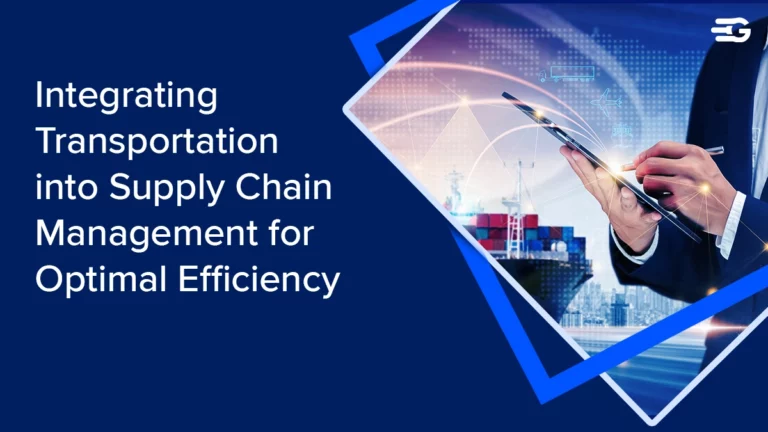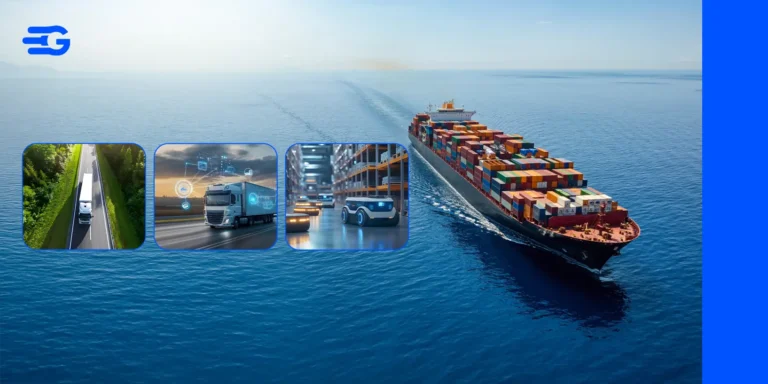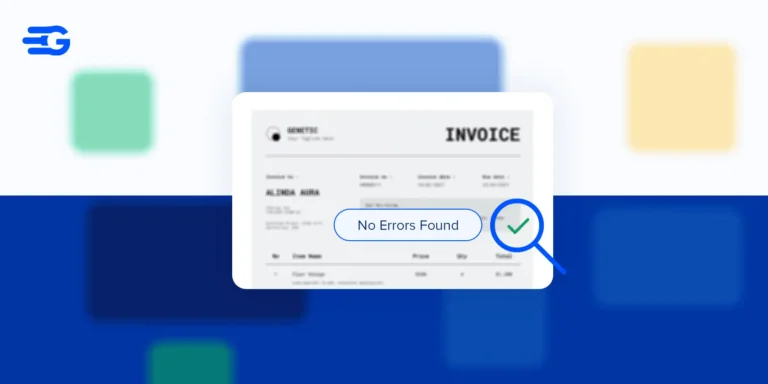Shipping Container Costs: What You Need to Know Before Buying
Money makes the world go round, right? The numbers we see, they’re like breadcrumbs guiding our shopping trips and steering how companies operate. Do you know how prices keep swinging up and down? It’s like a wild roller coaster that affects pretty much everything we do.
Now, imagine you’re gearing up to launch your dream business, maybe it’s mining or creating the next big thing in tech. The excitement’s buzzing, but here’s the challenge: getting your goods from point A to point B without burning through your budget. That’s where knowing the costs of shipping comes in clutch. In our speedy world where every penny counts, understanding these costs could make or break your big business plans.
These big metal boxes do more than just move stuff around – there are different types, each with its own superpowers. We’re not just talking about the types, but also about how much they cost and which one works best for what purpose.
Understanding Shipping Container Costs and their Types:
Container shipping operates within a diverse landscape of specialized container types, each meticulously designed to cater to distinct cargo requirements. Familiarizing yourself with these containers is akin to mastering the essential tools of the trade critical for optimizing logistical efficiency and ensuring the safety of goods in transit.
Standard Containers: Regarded as the stalwarts of the shipping industry, standard containers epitomize adaptability and durability. Sealed and weatherproof, they serve as reliable guardians for a wide spectrum of cargo, ready to confront varied challenges with unwavering reliability.
Refrigerated Containers (Reefers): These specialized containers, affectionately referred to as reefers, are indispensable for transporting temperature-sensitive cargo. From safeguarding perishable items like ice cream to preserving pharmaceuticals, reefers meticulously control temperature and humidity levels, preserving the integrity of delicate shipments.
Open-Top Containers: Enter the versatile open-top containers as a solution to loading oversized or unconventional cargo. With removable roofs, they facilitate the seamless accommodation of items that surpass standard dimensions, offering adaptability for unique shipments.
Explore the ins and outs of container shipping- Click here to dive into the world of everything containers.
Find the shipping container cost ranges of various shipping containers, categorized by size, in the table below.
| Container Type | 20ft Size Range | 40ft Size Range | 40ft HC container |
| Standard | $1,500 – $3,500 | $2,500 – $4,500 | $2,500 – $6,000 |
| Refrigerated | $12,000 – $15,000 | $19,000 – $22,000 | – |
| Open-Top | $4,900 – $6,500 | $6,400 – $8,500 | – |
In the dynamic world of shipping, specialized containers stand as the unsung heroes of cargo transport. Take side door containers, the smooth operators that facilitate effortless loading and unloading. Then there’s the flat rack brigade, perfectly equipped to cradle colossal or oddly shaped items. And let’s not forget the tank containers, the liquid virtuosos engineered for transporting fluids across vast distances. Each container comes with its unique price tag, shaped not only by functionality but also by its distinct visual appeal.
Having explored the diverse world of shipping containers and their associated expenses, our next stop on this journey involves a pivotal decision: opting between brand-new and previously used containers. We’ll delve into the advantages and drawbacks of each, empowering you to make an informed choice that perfectly aligns with your specific shipping needs.
New vs. Used: Weighing the Cost Differences:
When it comes to the choice between brand-new and used isn’t just a decision it’s a defining factor that shapes the safety and customization of your cargo’s journey. Imagine this: a brand-new container stands tall like a fortress, offering unparalleled security and reliability, albeit at a higher cost. It’s an investment guaranteeing worry-free shipping, providing a blank canvas for tailored features like custom windows, insulation, or fittings designed precisely for your needs.
On the flip side, a used container sparks a different kind of creativity, inviting you to transform it into something exceptional. Balancing affordability, security, and the personalized touch becomes the name of the game. Your selection isn’t solely about a container; it’s about safeguarding your cargo throughout its entire voyage, ensuring it arrives at its destination securely and stylishly.
Consider used shipping containers as a savvy choice, much like opting for a second-hand car. They’re a smart option if you want to save some money upfront. These containers might have a few scratches or bumps, but they can still do the job well. They’re like the budget savior’s – helping with storage, moving stuff around, or even creating temporary spaces without emptying your pockets.
Opting for a used container not only extends its life but also reduces the necessity for manufacturing new ones, contributing to sustainable practices. It’s a step toward preserving our planet by decreasing the demand for additional resources, and in today’s supply chain, sustainability is a critical and pressing need. Sure, new containers might last longer, but making them requires more energy, hence using used containers is environmentally friendly.
However, there’s a catch with these recycled containers. Their prices can vary significantly based on their age and condition. Ensuring they’re structurally sound and weather-resistant demands a thorough inspection to avoid unexpected leaks or damages. Sometimes, additional spending might be necessary for repairs, underscoring the importance of careful consideration before finalizing a purchase.
Below, you’ll find an estimated shipping container costs breakdown for both new and used standard dry containers for your reference, a valuable aid in your container selection journey.
| Container Sizes | New | Old |
| 20ft dry container | $2,152 | $1,298 |
| 40ft dry container | $3,848 | $1,437 |
| 40ft HC dry container | $3,110 | $1,534 |
Curious why brand-new shipping containers come at a higher cost? It’s a puzzling question for many. Let’s uncover the reasons behind this price gap and discover how this insight can shape sharper business strategies.
Factors Shaping Shipping Container Costs
Shipping containers aren’t just metal boxes, they’re pivotal in smooth logistics. Their prices, influenced by various factors, shape the market. Let’s dive into this further and uncover where to find these containers and strike a deal that not only saves your pocket but also brings you profit
Size and Capacity
Containers, much like tailored suits, come in sizes designed for specific cargo needs. Larger containers aren’t just about volume; they represent adaptability and versatility in transporting various goods. However, this flexibility comes at a premium. The bigger the container, the higher its price tag, reflecting its ability to handle diverse cargo types efficiently. Specialized features, like cooling systems for perishables, further hike prices. Container size isn’t just space, it’s a strategic investment with pricing reflecting tailored features crucial for cargo safety and specific transportation needs.
Condition and Age
Similar to machinery, shipping containers follow a similar trend with their pricing. New containers come at a premium cost due to their fresh condition and readiness. Conversely, older containers, though more affordable, may need extra attention and maintenance. As containers age, their prices decrease, but this might lead to a shorter lifespan, demanding more upkeep and potential replacements
Location and Availability
In the realm of shipping, container cost sway with demand much like a market’s ebb and flow. In bustling shipping hubs or near major ports, the demand for containers skyrockets, propelling prices upwards. Conversely, in regions where demand is more subdued, shipping container costs tend to level out, offering a more favorable landscape for procurement. It’s akin to navigating through a market—high demand drives prices, while areas with lower demand present opportunities for more advantageous deals.
Customization and modification costs
Customizing warehouse equipment with newer features typically incurs additional costs. Similarly, when it comes to shipping containers, adding special features such as extra doors, insulation, or a protective paint coating means an uptick in the bill. Moreover, the quality of these modifications contributes to varying price differences. Much like upgrading warehouse equipment, enhancing a container’s features comes at an added expense, impacting the overall price.
Now that we’ve figured out how shipping container costs work, let’s move on to the next step. It’s like going from understanding the options available to picking the right stop to buy it from – let’s see where we can buy shipping containers.
Where to Purchase Shipping Containers
Manufacturers: When it comes to getting your hands on a shipping container, there are various avenues to explore. You can consider going straight to the manufacturers which is an excellent option for securing a shiny, brand-new container. However, keep in mind that manufacturers might prefer selling in bulk, which may not suit your needs if you only require a single container.
Resellers: Another option is to check out resellers. They’re like stores that offer containers from different manufacturers. Resellers have a diverse range of containers, both new and used. They are more likely to have more choices, and dealing with resellers can be beneficial as they possess substantial knowledge about containers.
Online Marketplaces: If you prefer the convenience of online purchasing, there are websites that sell shipping containers online. You get to browse through different options from various sellers, providing flexibility and the chance to negotiate a bit. These websites also cover containers across different locations, that help you find containers that are suitable to your business needs.
Now that we’ve charted the course on where to find the right shipping container, let’s delve into the waters of savvy decision-making. From finding the best deals to negotiating to cut costs, let’s explore essential tips that will guide you through the process of acquiring the perfect container for your needs at the right price.
Negotiating and Reducing Costs: Essential Tips:
When it comes to getting the right shipping container, it’s all about finding the sweet spot for the best deal. So, where do you start?
First things first, shop around. Check different places and compare prices to figure out what’s a good deal for the type of container you want.
And here’s a secret – choosing a used container that’s in good shape can save you up to $1000 to $3000, depending on the type and size of the container.
Now, don’t be shy to negotiate the price. If you’re buying a bunch of containers or opting for used ones, sellers are usually open to a good chat about the cost.
Timing is everything, and buying during the off-peak seasons, when things are a bit slower, can work in your favor. There’s a 10-15% decrease in shipping container costs during this period which is typically January to March and September to November.
And here’s a cool idea – if you and some others need containers too, team up! Buying together could even get you a group discount.
As we explore how to get the best deal on shipping containers, it’s important to understand the other costs that might pop up. Embarking on the journey of acquiring a shipping container unveils more than just its sticker price. Besides the main price you pay, there are some extra charges you need to know about, like how much it costs to get the container to your place or if you want to add some cool features to it. Let’s break down these additional costs so you can be ready for the whole process.
Additional Costs to Consider:
The Initial Purchase Price is just the starting point. However, this is just the tip of the iceberg in terms of total expenditure.
- Delivery Charges:
Getting your container to your doorstep comes with a price. The distance traveled, size, and weight of the container determine the transportation costs. Longer hauls mean higher expenses.
- Inspection Fees:
Before putting your container to use, investing in a professional inspection ensures it’s in top-notch condition. It’s an extra cost but acts as a safety net for your investment.
- Modification Costs:
Planning to customize your container with doors, windows, insulation, paint, or electrical work? Be ready to add more dollars. The fancier the modifications, the heftier the bill.
- Permits and Legal Expenses:
Welcome to the world of regulations! Depending on local rules and your container’s purpose, securing necessary permissions might come with an added financial burden. Staying compliant means extra costs.
Understanding this intricate network of additional expenses gives you a complete view of the financial landscape when acquiring a shipping container. This insight helps in budgeting effectively and ensures you’re fully prepared for a smooth procurement journey.
Now, let’s turn our attention from the dollars and cents to the essential guidelines that keep everything in check when it comes to shipping containers. Navigating the legal and compliance considerations is a bit like understanding the playbook for a game – it guarantees a straightforward and hassle-free journey.
Legal and Compliance Considerations:
Building Codes and Zoning Regulations: Make sure your container plans match the local rules. Before purchasing a container for a specific purpose, ensure it meets local building codes and zoning regulations for your intended use. If not, you might end up with fines or losing your cool container setup.
Permits: Don’t forget to ask the local authorities if your container modifications or installations need a special pass. Researching and obtaining the necessary permits beforehand avoids legal complications.
Safety Regulations: Safety first! Check all the safety rules so your container adventure doesn’t turn into a safety hazard. We’re talking about things like proper wiring, ventilation, and structural integrity to keep everything safe.
Conclusion:
Understanding shipping container prices empowers savvy decision-making for your project amidst the market maze. It’s akin to estimating the value of your top-tier gaming gear considering crucial factors. Start by assessing the container type, its condition (whether pristine or gently used), its location, and any enticing upgrades. Mind those additional expenses too, like delivery fees and inspections. This process is your strategic toolkit, guiding you through a smart selection process. By deciphering these price influences, you’re equipped to navigate the container market astutely, making choices that align perfectly with your project’s needs.
Exploring the container market mirrors strategic planning, conducting thorough research, comparing prices diligently, and openly discussing expenses. Like following the rules in any venture, ensure every step is transparent and compliant. Consider this guide your exclusive roadmap, directing you towards the perfect container choice tailored for your project’s seamless operation. Understanding shipping container costs serves as your discreet compass, guiding you through the exhilarating journey of managing your business smoothly.




